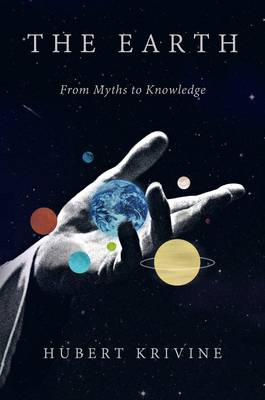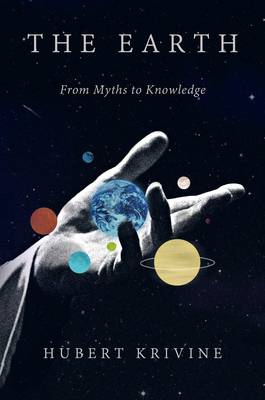
- Afhalen na 1 uur in een winkel met voorraad
- Gratis thuislevering in België vanaf € 30
- Ruim aanbod met 7 miljoen producten
- Afhalen na 1 uur in een winkel met voorraad
- Gratis thuislevering in België vanaf € 30
- Ruim aanbod met 7 miljoen producten
Zoeken
Omschrijving
How mankind discovered the size, trajectory and age of the Earth Our planet's elliptical orbit around the Sun and its billions-of-years existence are facts we take for granted, matters every literate high school student is expected to grasp. But humanity's struggle towards these scientific truths lasted millennia. Few of us have more than the faintest notion of the path we have travelled. Hubert Krivine tells the story of the thinkers and scientists whose work allowed our species to put an age to the planet and pinpoint our place in the solar system. It is a history of bold innovators, with a broad cast of contributors - not only Copernicus, Galileo and Kepler, but Halley, Kelvin, Darwin and Rutherford, among many others. Courage, iniquity, religious dogmatism, genius and blind luck all played a part. This was an epic struggle to free the mind from the constraints of cant, ideology and superstition. From this history, Krivine delineates an invaluable philosophy of science, one today under threat from irrationalism and the fundamentalist movements of East and West, which threaten both what we have attained at great cost and what we still have to learn. Scientific progress is not a sufficient condition for social progress; but it is a necessary one. The Earth is not merely a history of scientific learning, but a stirring defence of Enlightenment values in the quest for human advancement.
Specificaties
Betrokkenen
- Auteur(s):
- Vertaler(s):
- Uitgeverij:
Inhoud
- Aantal bladzijden:
- 304
- Taal:
- Engels
Eigenschappen
- Productcode (EAN):
- 9781781687994
- Verschijningsdatum:
- 28/04/2015
- Uitvoering:
- Hardcover
- Formaat:
- Genaaid
- Afmetingen:
- 163 mm x 236 mm
- Gewicht:
- 589 g

Alleen bij Standaard Boekhandel
+ 59 punten op je klantenkaart van Standaard Boekhandel
Beoordelingen
We publiceren alleen reviews die voldoen aan de voorwaarden voor reviews. Bekijk onze voorwaarden voor reviews.











